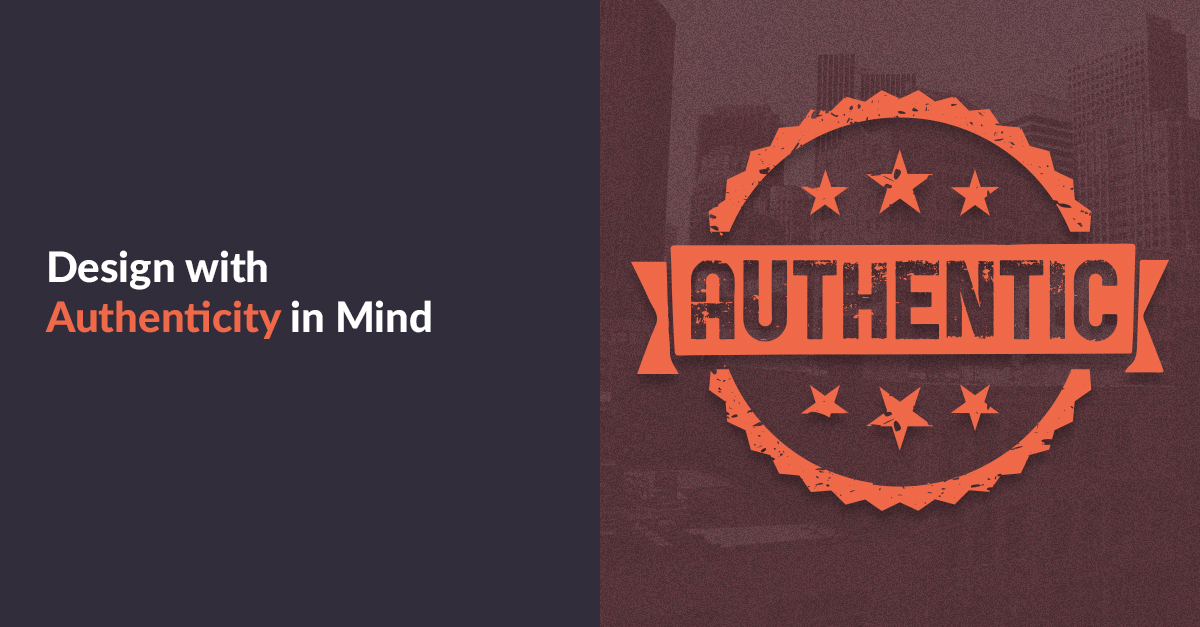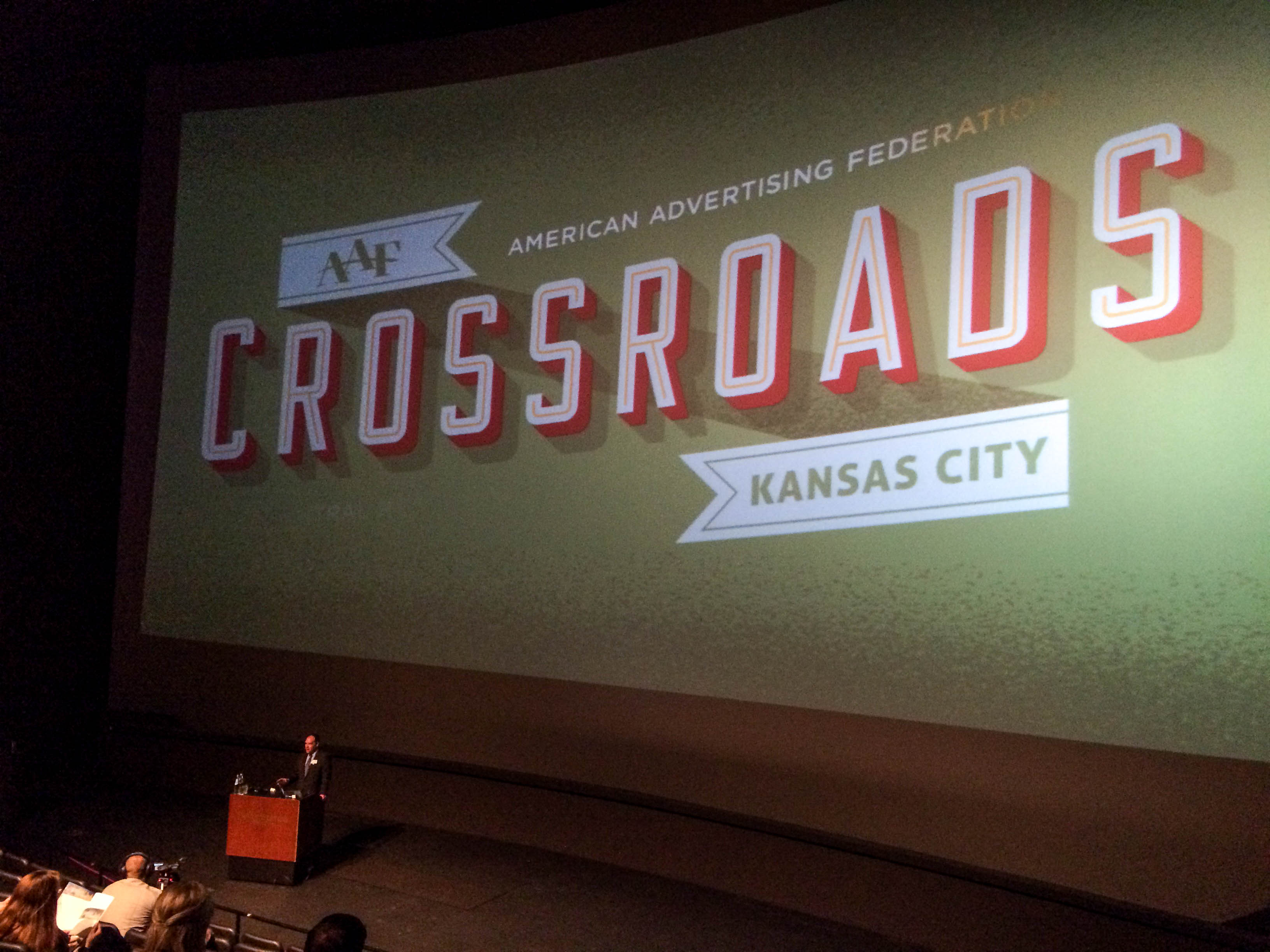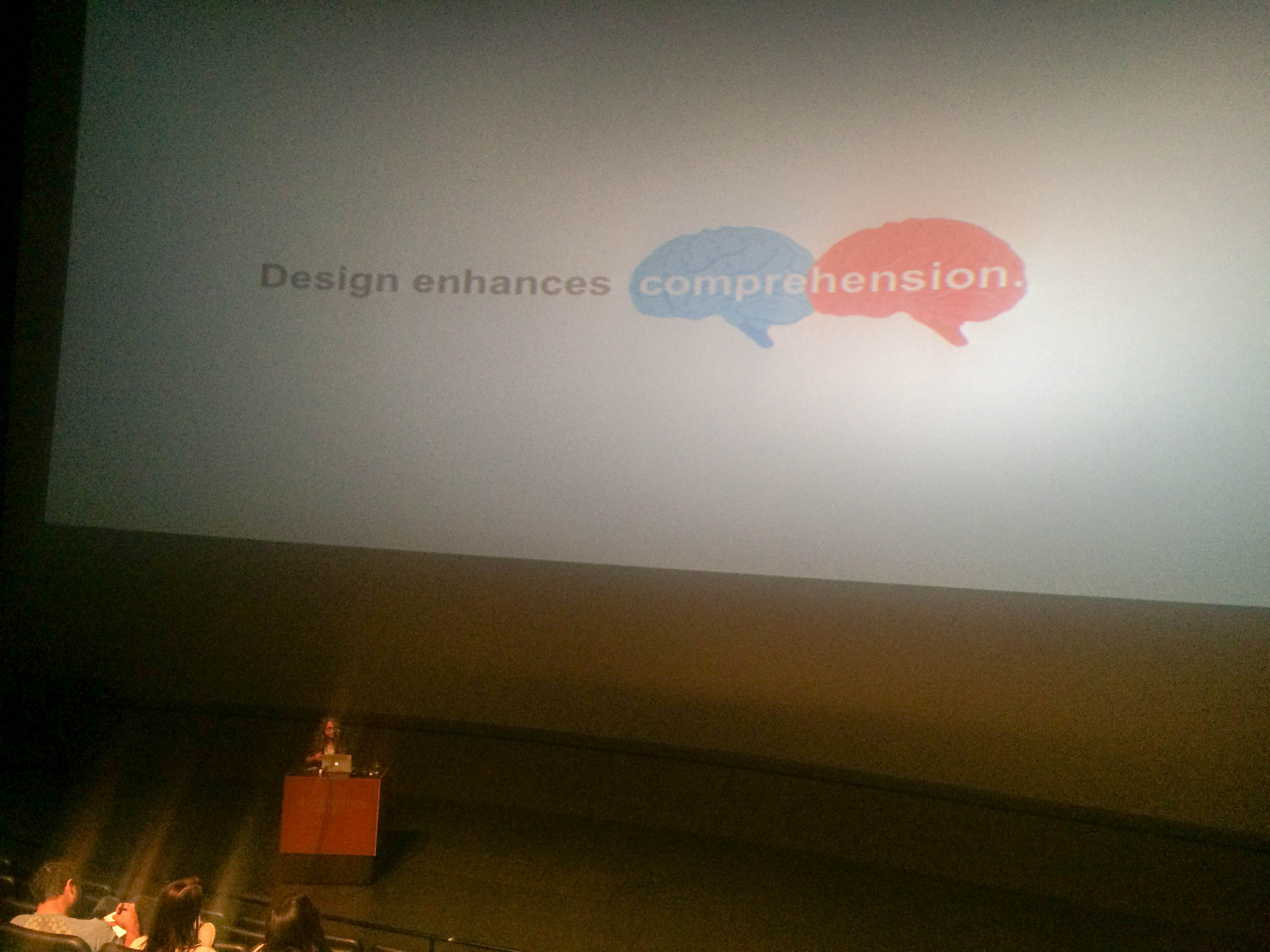
I recently attended the AAF Central Region Conference in Kansas City.
Although there was no official theme, the presentations all had a common thread:
- Authenticity is essential to your brand.
- Design can be used to promote authenticity.

The AAF Central Region Conference was held at Kansas City’s historic Union Station.
Authenticity is being real or genuine.
Authenticity is being consistent with your brand, genuine to your customers—not a copy of the cool brand of the moment—and true to who you are as a person.
Brand authenticity is essential.
In the connected age, brand authenticity is essential if you want to create a lasting relationship with your customers. Customers shouldn’t be loyal to brands; brands should be loyal to customers. Marketing shouldn’t be treated as just another business unit; it should be people serving people.
Brands—like people—are defined by what they do, not what they say.
Your customers’ experiences with your brand create perceptions, and those perceptions create beliefs. No matter how great the creative or how strong the tagline, it’s ultimately the experience with every aspect of your brand that influences customers’ thoughts.

Jeremy Johnson, AAF Kansas City president, welcomes attendees.
Our brains process visuals 60,000 times faster than text.
More of our communication is going visual—especially on social media.
Many top social media sites are visually based, including Instagram, Pinterest, and Snapchat. Visuals are so strong they even forced Twitter to start including images in tweets.
With so much information surrounding us, we all suffer from processing fatigue. This is why design can be a powerful business tool. Visuals have the unique power to immediately create an emotional connection.
Your visuals should convey authenticity.
Design is an excellent way to tell a story. The colors, typography, and juxtaposition of the elements in any piece—whether a billboard, website, or social media post—can be used to instantly convey meaning and create connections. The visuals you use in each should help convey a sense of authenticity.
Our brains have the innate ability to distinguish between something that’s genuine and something that’s forced.

Consider the two images above. One looks significantly more authentic than the other. The couple on the left looks sincerely happy. The couple on the right looks like they’re getting paid to look happy.
Use design as a strategic tool.

Michele Silvestri – EVP, Global Director of Design at Team Detroit – spoke about the power and perspective of embracing change.
Design has the unique ability to visualize the abstract, stimulate dialogue, and increase comprehension. Next time you’re looking to immediately communicate and be authentic, consider design as a strategic tool.